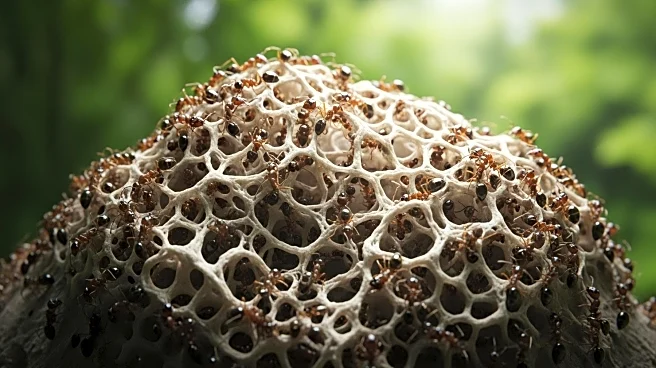What's Happening?
A recent study on ant phylogeny has highlighted flaws in the application of site heterogeneous models, particularly the CAT-GTR model. The study recycled datasets from previous research, claiming to resolve the phylogenetic backbone of ants. However, the results are overstated due to inadequate model testing and reporting. The study's central claim relies on questionable applications of the CAT-GTR model, which failed to account for compositional heterogeneity, raising doubts about the methodological justifications.
Why It's Important?
This study underscores the challenges in phylogenetic research, where systematic bias can lead to conflicting hypotheses. The limitations of current models like CAT-GTR highlight the need for more robust approaches to accurately resolve complex evolutionary relationships. This has implications for the broader field of evolutionary biology, where accurate phylogenetic trees are crucial for understanding species diversity and evolution.
Beyond the Headlines
The study's findings may prompt further research into developing models that better account for compositional heterogeneity. This could lead to advancements in phylogenetic analysis, improving the accuracy of evolutionary studies and potentially influencing conservation strategies based on genetic diversity.












